Mangrove Pit Viper
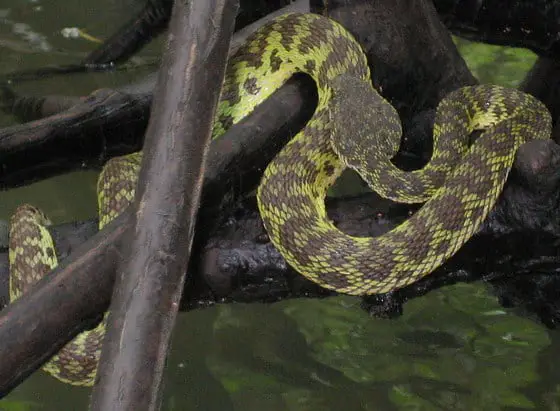
[Page Updated: 14 July 2023]
Mangrove Pit Viper –Trimeresurus purpureomaculatus
Also known as mangrove viper, shore pit viper, Gray’s pit viper, purple-spotted pit viper, and shore pit viper. In the past (2004-2011) this snake was called Cryptelytrops purpureomaculatus.
Thais Say: Ngoo pang ka. Please keep in mind almost no Thais you meet will know this name for the snake. Names in Thai are descriptive of what the snake looks like or does, so it helps little to ask if Thais know this snake unless you’re talking to a biologist.
Length: Males grow to about 60 cm and females to 90 cm on average. These are short/thick snakes when adults.
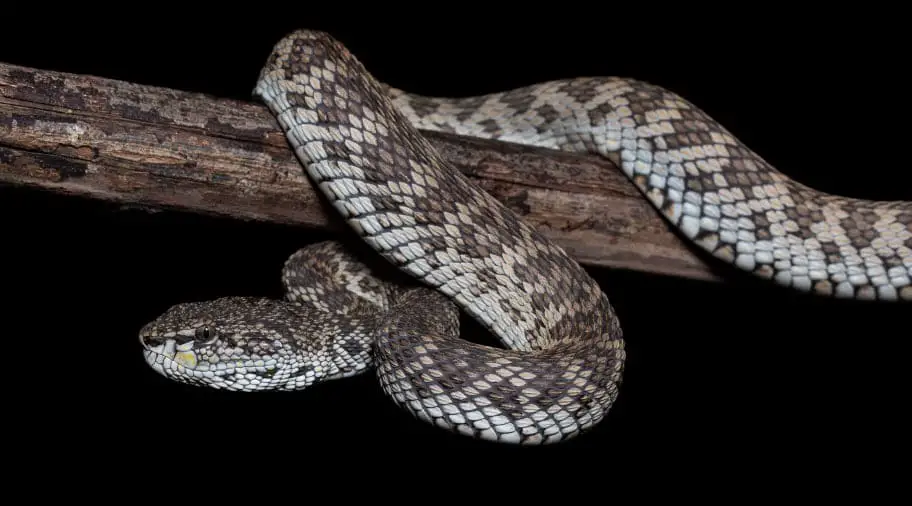
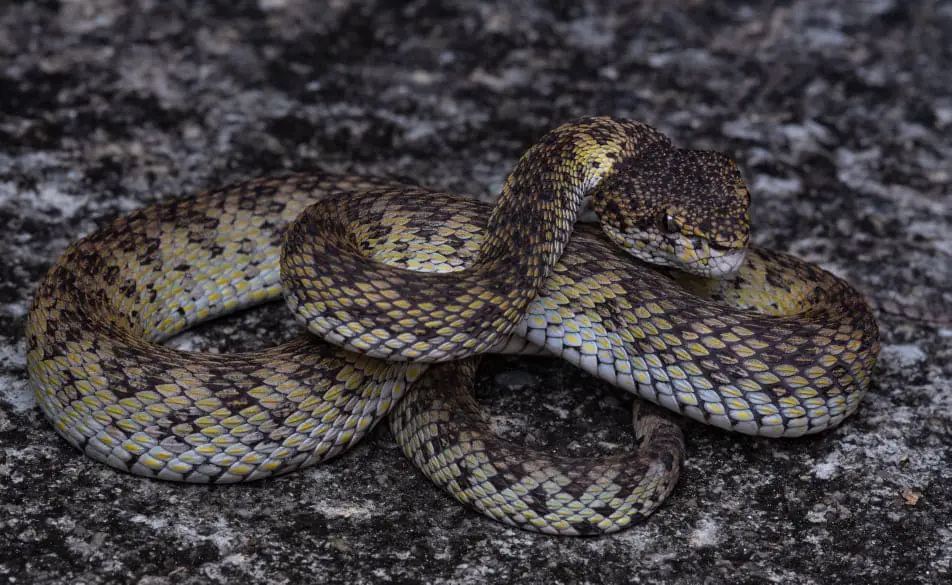
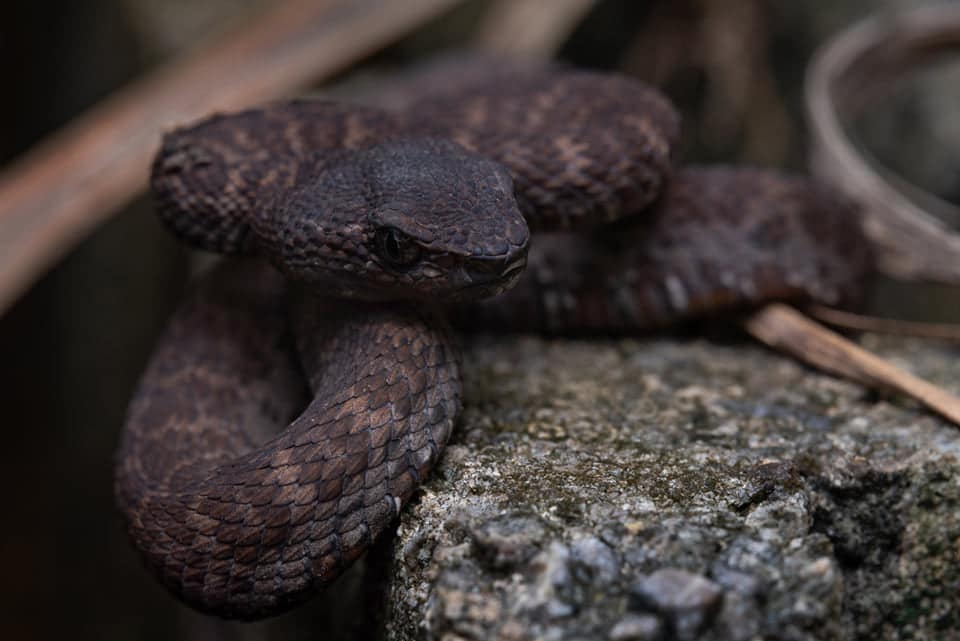
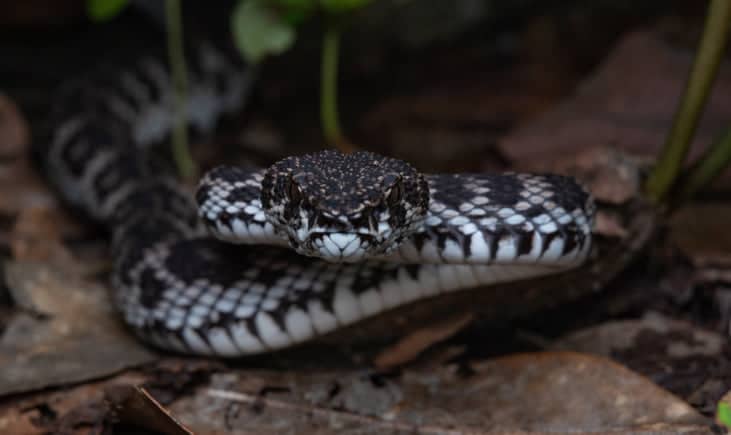
Habitat: Usually near water and very wet areas like mangroves along the ocean or brackish water. However, recently one was found on a sidewalk by a bungalow on the island of Koh Phi Phi in Krabi province, Thailand. They like stream banks with good cover – low-lying plants that they can hide under.
They also can be found in hilly habitats and have been found as high as 2,000 meters elevation in bamboo jungles. These snakes are found in high numbers on islands surrounding Thailand. I have found this species in some abundance along the shore in mangroves in Krabi province and they are also plentiful in Phuket and Phang Nga.
There seems to be some difference in coloration depending on where the mangrove pit viper is found. When on the mangrove trees, they tend to be dark to blend in with the very dark brown/black of the roots of the trees. When found living like rattlesnakes on the ground on a hill, they can be black and white or other coloration that is a bit lighter and which blends in better with rocks.
Prey: I have seen them in the mud of the mangroves crawling down into crab holes. Do they eat crabs like the other non-venomous crab-eating snake? I’m not sure. Would having venom help them subdue crabs? Could they pierce the bony shell of a crab? Not sure about any of this.
I haven’t seen it stated what these snakes eat, but I’m guessing lizards, geckos, gliding lizards (Draco genus) rats, mice, birds, and possibly the mudskippers that cover the mangroves when the tide is out.
Behavior: Diurnal, nocturnal, and arboreal. These snakes are very easily agitated, and once they get going they are slow to calm down. Their strikes are very fast but have a short reach.
These Thailand pit vipers can have many color variations. They are usually like the photo above – greyish with a bit of purple in the coloring. Some are very purple. We’ve also seen a brownish-toned mangrove pit viper with some yellow highlights.
Now for our top photo, we have a greenish-toned viper. Obviously – color is highly variable in this species. Tom Charlton found black variations on Langkawi Island in Malaysia, and John Paul Foenander has also found dark, even black, specimens in Singapore.
Venom toxicity: Venomous and very toxic to humans. Though people have died as a result of bites from this snake, this is not usually the case. Symptoms including pain, severe swelling, bruising, blistering, and necrosis are more likely.
Going immediately to a hospital after a bite by any snake can almost ensure that you will come through the experience OK. It is when people delay and second guess going to the hospital that they develop complications and increase the probability of death or other severe problems.
Here (sorry, the link isn’t active any longer) is a study of treating a bite by this snake with T. albolabris antivenom from the Queen Saovabha Memorial Institute with some success. Tell the hospital that you need the green pit viper antivenom if bitten by this snake. There is no specific antivenom just for this snake, but the one mentioned does help considerably with symptoms.
Treatment: Antivenin is indicated.
Antivenom Name – Green Pit Viper Antivenin (Code – SAsTRC01)
Manufacturer: Thai Red Cross Society
Phone: +66-2-252-0161, 0162, 0163, 0164
Queen Saovabha Memorial Institute
1871 Rama IV Road, Pathumwan, Bangkok 10330 Thailand
Mangrove Pit Viper Scientific Classification
Kingdom: Animalia
Phylum: Chordata
Class: Reptilia
Order: Squamata
Suborder: Serpentes
Family: Viperidae
Subfamily: Crotalinae
Genus: Trimeresurus
Species: T. purpureomaculatus
Classified as – Trimeresurus purpureomaculatus by Gray in year 1832.
Photo Credits: Top image © Vern Lovic. Second from top image of the Mangrove pit viper photo © Richard Richert. Photo gallery by Ned Preradovic and all images used with permission.

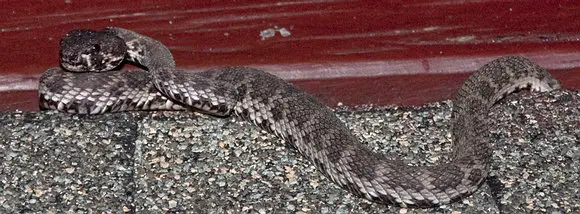
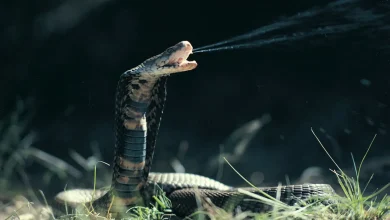
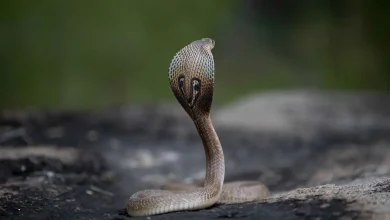
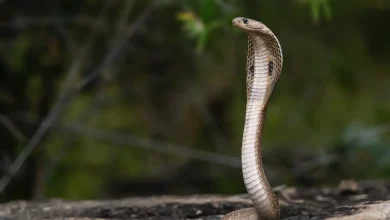
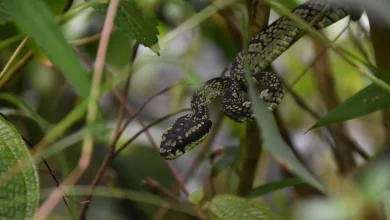
Hello,
I think we met one on our bungalow terrace in Koh Phi Phi 2 weeks ago. Brrr… scary, it was just near my foot while I was writing my postcards !
See the link enclosed
Regards,
Celine
Hi Celine,
Yep, that’s a mangrove pit viper (Crypteletrops purpureomaculatus). Here’s the FACT SHEET for it (click) They have a strong venom, and sometimes a strong attitude to go with it. So lucky your foot wasn’t bitten. I wrote you email. Cheers, Vern
We were in Koh Samui a few years ago in their airport which is outdoor though covered with a roof, with tree’s doted around the seating areas. A snake suddenly fell from one with a huge thud, almost onto my mother, and quickly slinked under her chair while we moved away. It was quite thick and of substantial size though it was hard to tell how long exactly. It was deep black and didn’t seem to have any other colour on it, unfortunately I didn’t get a good look at the head before my dad cleverly pulled me away, which would’ve helped me realise what type it was. I’ve wondered ever since what exactly it was, the employees of the airport were completely terrified and they killed the snake fairly quickly after moving everyone away, when we asked about it they said it’s one of the most venomous snakes on the island. The darker purply black colour of the mangrove pit viper seem to match it best but I’m not sure.
Hmm, interesting. I haven’t seen mangrove pit vipers climb trees to any height. One meter off the ground or water is as high as I’ve seen them. Doesn’t mean they don’t climb way up into a tree, so maybe it was that. They don’t tend to be so black though, unless it was a melanistic species with an abundance of dark pigment. What was the general shape and size? 1 meter long? Long tapered tail, or just rather thick and pudgy like a viper?
Update 7/2/21 – I’ve seen very dark, even black specimens of this snake.
I was lucky enough to see one in Singapore yesterday. Blood on its cheek and its tail, and a fresh bulge in its mid-section. Consequently it was placid and loathe to move about. You can use the photo if you like :D https://www.flickr.com/photos/maixiu/30303243844/
Thanks Matt!
I am living in koh phi phi, and last night my neighbour killed two of them, one in his house and one outside!
I Have a picture but could not find out how to upload here!
Here’s the CONTACT page.
Are they found on the ground or do they live more in the trees?
I’ve seen them in both habitat